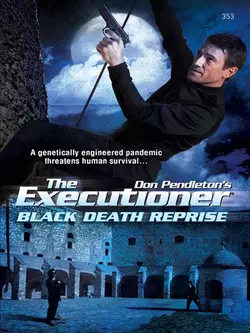Black Death Reprise

Don Pendleton
Тип: электронная книга
Жанр: Книги о приключениях
Язык: на английском языке
Стоимость: 150.68 ₽
Статус: В продаже
Издательство: HarperCollins
Дата публикации: 16.04.2024
Отзывы: Пока нет Добавить отзыв
О книге: The search for a missing virologist leads Mack Bolan to a cult with a horrific agenda. An order of monks has emerged as a new force of unprecedented terror.Legend has it that the centuries-old brotherhood was the mastermind of the Black Death. Reborn as a fully modern paramilitary organization with cells across the globe, the order is ready to unleash a new plague upon the world.With ritualistic precision, forty couriers of death will be deployed to major cities. Bolan′s race to stop the unthinkable takes him from the U.S. to Australia. The Executioner must find the source before a designer disease with its roots in history′s darkest nightmare causes untold human suffering.